Technological Advancements
Technological advancements play a crucial role in shaping the Surveillance Camera System Market. Innovations such as high-definition video recording, cloud storage solutions, and advanced analytics are transforming the capabilities of surveillance systems. In 2025, the market is expected to witness a significant shift towards smart cameras equipped with artificial intelligence, enabling features like facial recognition and behavior analysis. These advancements not only enhance the effectiveness of surveillance but also improve user experience through remote access and real-time alerts. The integration of Internet of Things (IoT) technology further facilitates seamless connectivity and data sharing among devices. As organizations increasingly recognize the value of these technologies, the demand for sophisticated surveillance solutions is likely to rise, thereby propelling the growth of the Surveillance Camera System Market.
Increasing Security Concerns
The Surveillance Camera System Market is experiencing a surge in demand due to escalating security concerns across various sectors. As crime rates fluctuate, organizations and governments are investing heavily in surveillance technologies to enhance safety measures. In 2025, the market is projected to reach a valuation of approximately 30 billion dollars, reflecting a compound annual growth rate of around 10%. This growth is driven by the need for real-time monitoring and incident response capabilities. Furthermore, the rise in urbanization has led to increased public safety initiatives, prompting municipalities to adopt advanced surveillance systems. The integration of high-definition cameras and analytics tools is becoming commonplace, as stakeholders seek to deter criminal activities and ensure public safety. Thus, the increasing security concerns are a pivotal driver for the Surveillance Camera System Market.
Regulatory Compliance and Standards
Regulatory compliance and standards are becoming increasingly important in the Surveillance Camera System Market. Governments and regulatory bodies are implementing stringent guidelines to ensure the ethical use of surveillance technologies. In 2025, compliance with data protection laws and privacy regulations is expected to drive the adoption of advanced surveillance systems that prioritize user privacy. Organizations are compelled to invest in solutions that not only meet legal requirements but also foster public trust. This trend is particularly evident in sectors such as retail and transportation, where surveillance systems must adhere to specific regulations. As a result, the demand for compliant surveillance solutions is likely to increase, influencing the overall growth trajectory of the Surveillance Camera System Market. Companies that can navigate these regulatory landscapes effectively will likely gain a competitive edge.
Rising Demand for Smart City Solutions
The rising demand for smart city solutions is a key driver for the Surveillance Camera System Market. As urban areas evolve, there is a growing emphasis on integrating technology to improve public services and enhance safety. In 2025, many cities are expected to implement advanced surveillance systems as part of their smart city initiatives, focusing on traffic management, crime prevention, and emergency response. These systems often utilize interconnected cameras and sensors to provide real-time data, enabling city officials to make informed decisions. The integration of surveillance technology into urban infrastructure not only enhances public safety but also contributes to the overall quality of life for residents. Therefore, the rising demand for smart city solutions is likely to propel the growth of the Surveillance Camera System Market.
Growth of E-commerce and Retail Security
The growth of e-commerce is significantly impacting the Surveillance Camera System Market, particularly in the retail sector. As online shopping continues to expand, brick-and-mortar stores are increasingly adopting surveillance systems to protect their physical assets and enhance customer safety. In 2025, the retail sector is projected to account for a substantial share of the surveillance market, driven by the need to deter theft and ensure a secure shopping environment. Retailers are investing in integrated surveillance solutions that combine video monitoring with analytics to gain insights into customer behavior and optimize store layouts. This trend not only enhances security but also improves operational efficiency. Consequently, the growth of e-commerce and the corresponding need for retail security are pivotal drivers for the Surveillance Camera System Market.


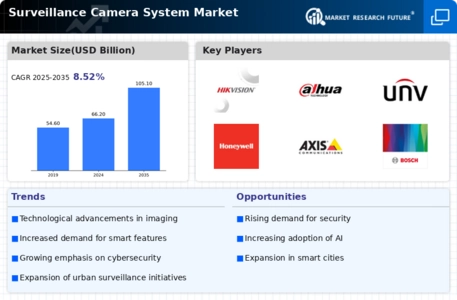
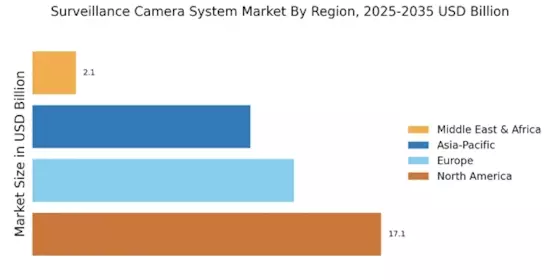
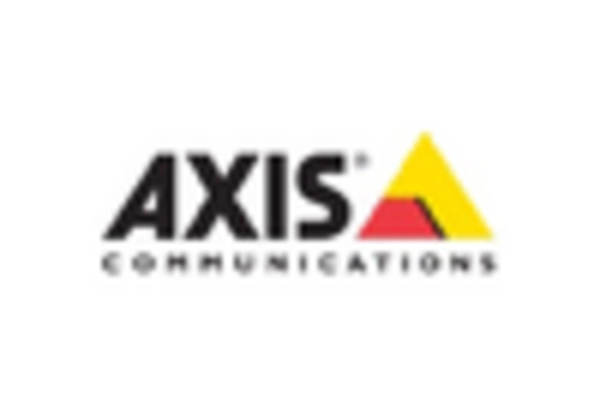
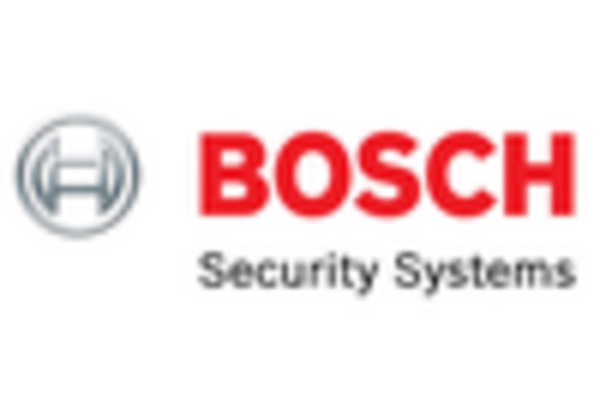
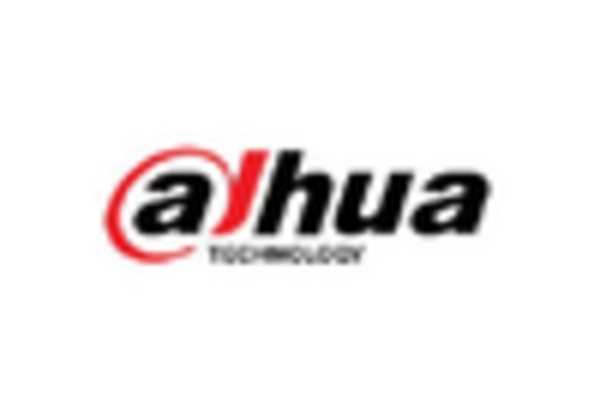
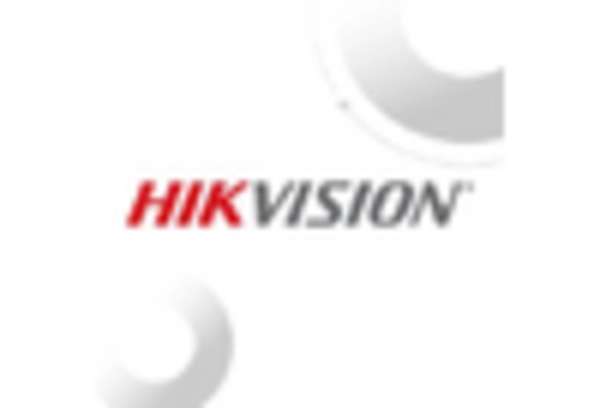










Leave a Comment